Email is one of the most common and effective channels for connecting with your customers. Make the best of that with a powerful email marketing strategy.
Our inboxes are factories of information, not all created equal. It’s where messages from dear friends mingle with scammy pleas from foreign princes in a bind.
They’ve become so flooded with messages that we’ve aspired to achieve Inbox Zero, a herculean effort in the digital age. Our sense of what to delete and what to glance over has become so attuned that subject lines alone can suffice.
That’s why email marketing matters and why it’s hard.
What is email marketing?
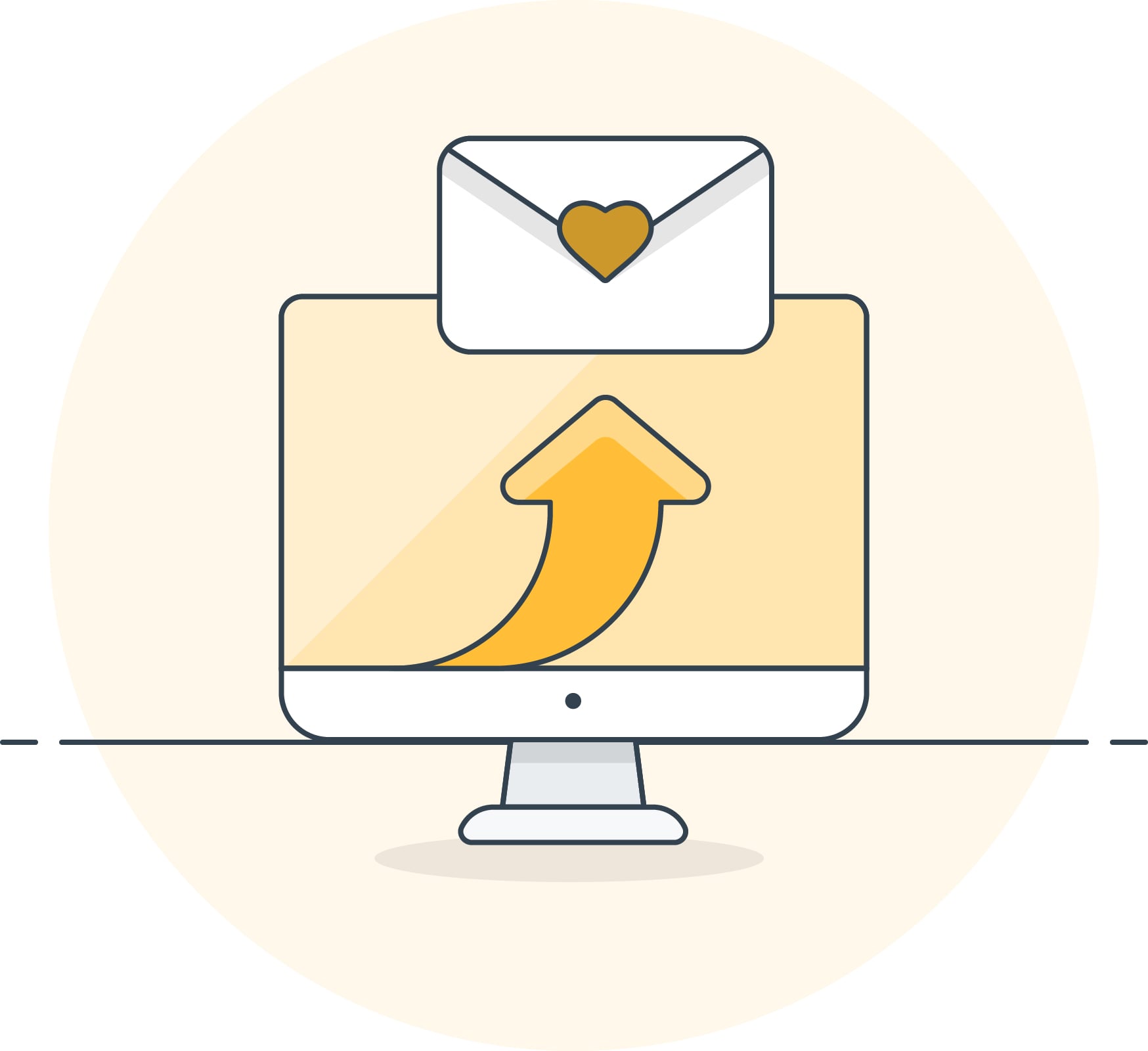
Email marketing is the strategy of creating and sharing marketing messages to new and current customers through the wonderful world of email.
For companies, its purpose is to sell, educate, and build loyalty with current or prospective customers. It’s an opportunity to be right in the middle of their world.
You don’t want them to forget you. You want them to click, read, and then buy. And, so you spend time coming up with something compelling enough to click and read.
Why should I use email marketing?
The only reason to do marketing of any kind is to get more out of it than you put in. In the world of customer communication, you focus on the channels your customers use most often.
While Snapchat and TikTok are getting more popular, it probably won’t be the best way to connect with your customer base.
Email marketing helps in a few ways:
- Through smart messaging and compelling call to actions (CTAs), it increases sales and conversion rates.
- It allows you to connect with new customers in a more personal way.
- With successful segmenting, it underpins your relationship with existing customers.
- Plus, it maintains brand awareness, engagement, and loyalty.
And it's successful. For every $1 you spend on email marketing, you can glean an expected average return of $32. That’s a great investment!
Tips for upping your email marketing game
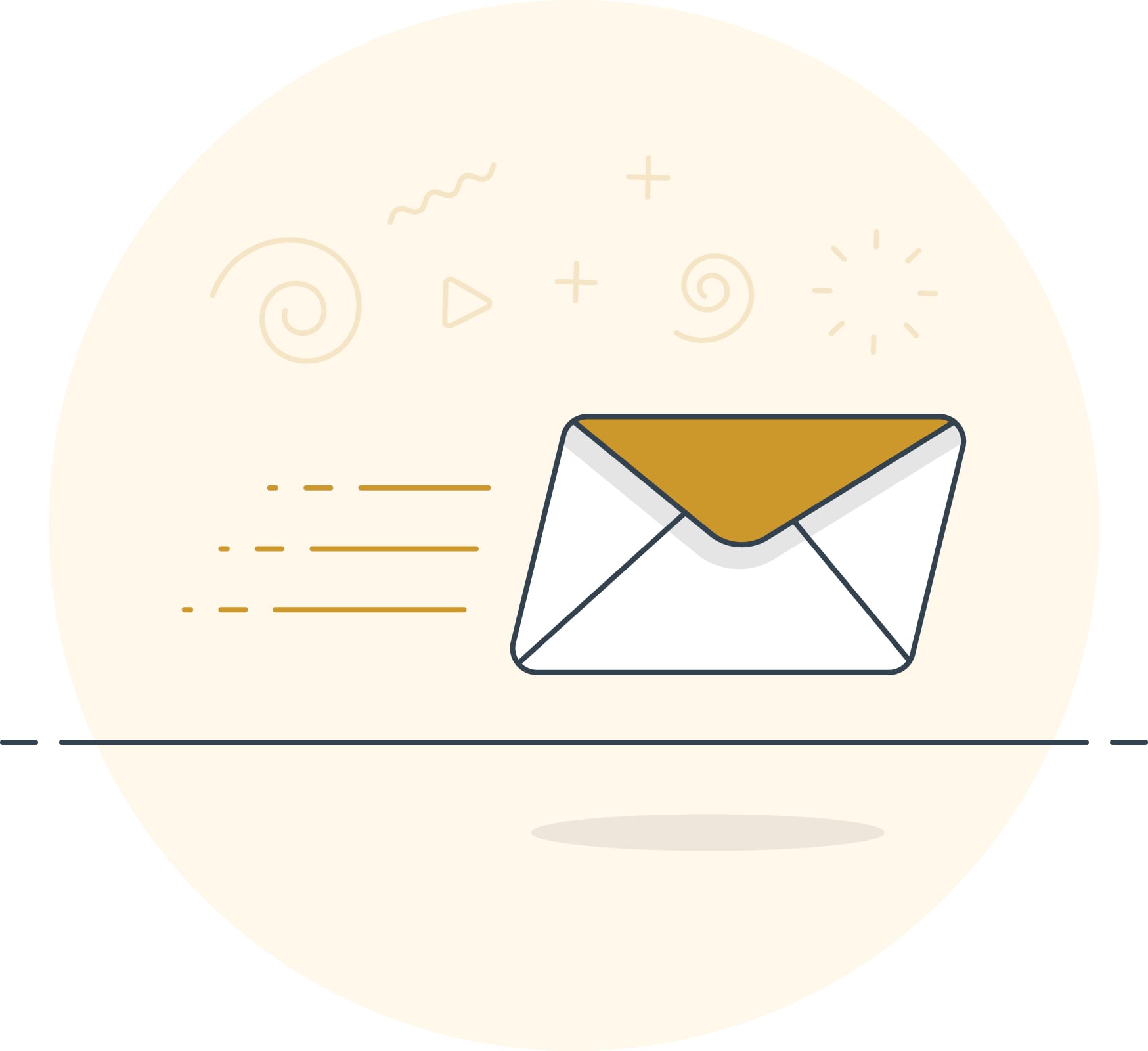
Email marketing is more than just talking to your customers. You have to do it right or you’ll quickly be at the sour end of the unsubscribe button.
To help you develop or refresh your email marketing strategy, consider these tips:
1. Find your voice
You already know what your business stands for, but how do you want to be perceived by customers? As authoritative, light-hearted, inspired, a little silly?
By clarifying your voice early on, it can humanize your brand and help you to have authentic conversations with customers.
Roadside assistance and car insurer NRMA has cornered the Australian market on helping people in their everyday lives.
So when they tell stories of locals banding together to rebuild bushfire affected communities it comes off as authentic, speaking to Aussie values of 'mateship.'
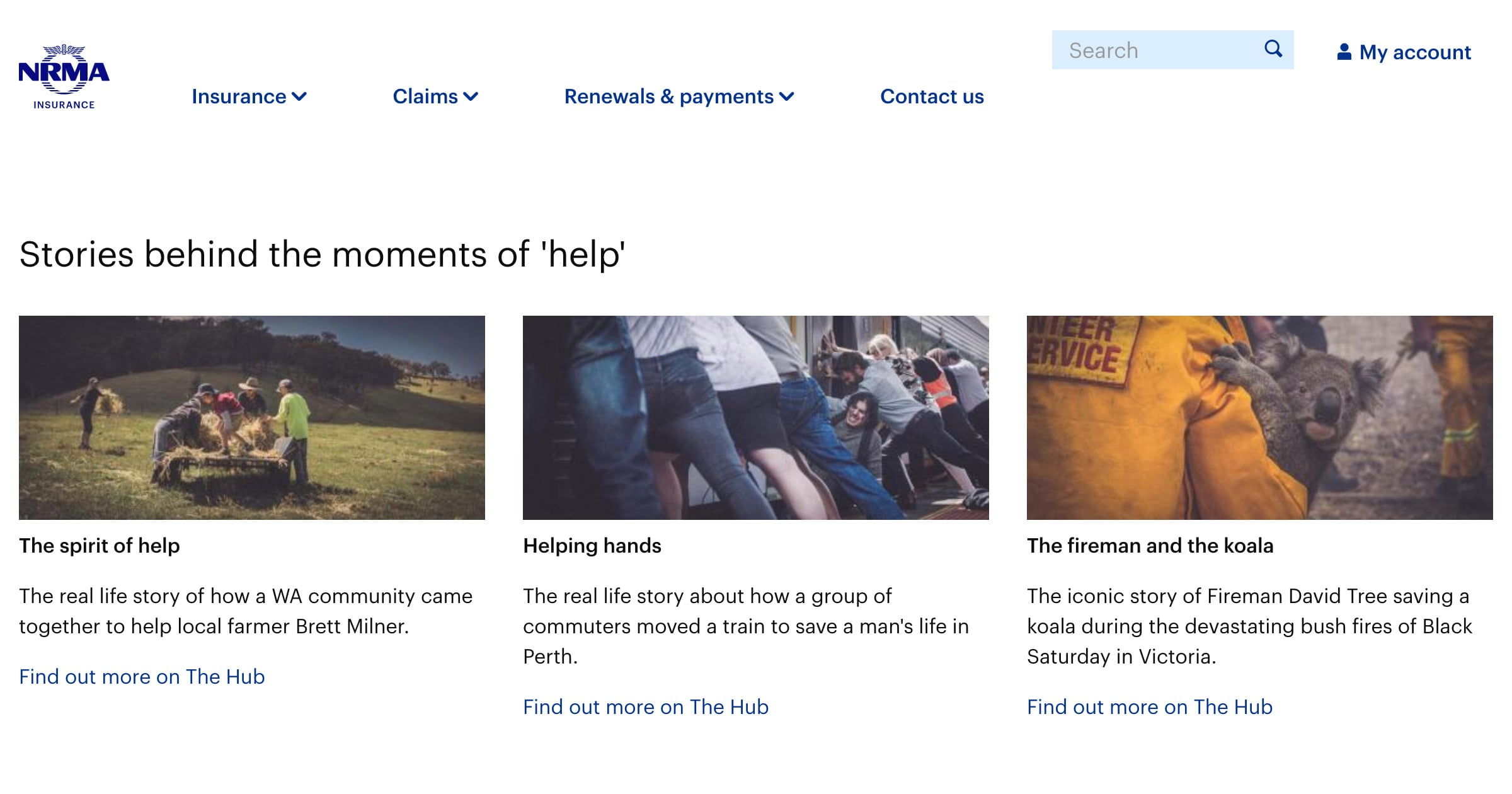
Source: NRMA
2. Integrate email with the broader online strategy
A consistent, integrated, and layered approach will always work better than a standalone strategy.
Ensure the tone, messaging, content, and call to action align with your other online voices (social media, blog, landing pages, ads, etc).
By aligning your approach you will help to boost the performance of your email marketing strategy.
Couture florist Clementine Posy aligns its positioning on its Instagram and website around the key date in any florist's calendar—Valentine's Day.
The clear purpose is communicating the love and romance of the day.
It also reinforces its brand as handmade, floral couture made with love (on point with what you'd expect of a florist).
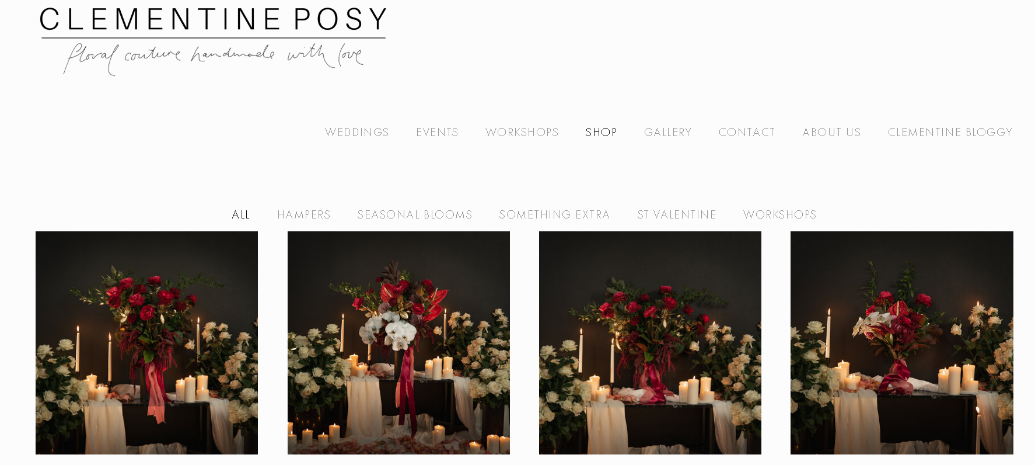
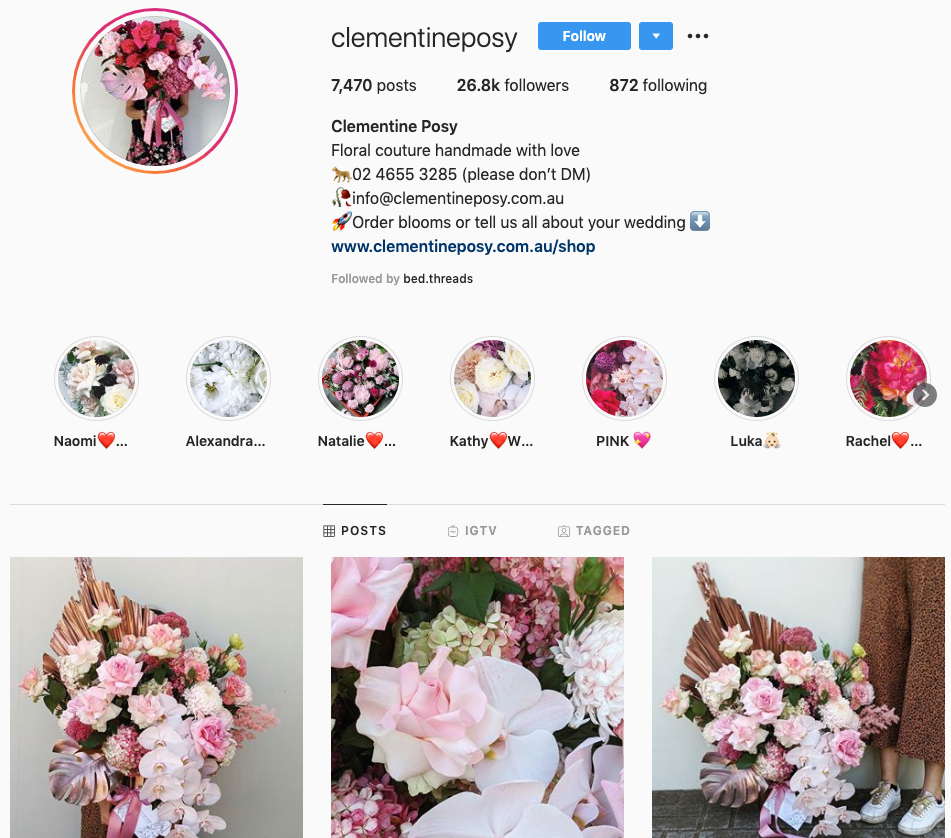
Source: Clementine Posy
3. Stand out
The average professional spends more than two hours sorting through 100+ emails a day.
By 2021 there are expected to be around 320 billion emails circulating daily. Talk about email overload! You want to make sure you have the best eCommerce emails in your customers’ inboxes.
This makes your subject line possibly the single most important text for customers to determine whether it's opened, ignored, or tossed out. The SPF record check allows you to conduct SPF record check within seconds and have better email performance.
Here's what we know:
- 35 percent of people open emails based only on the subject
- 69 percent of emails are marked as spam based on the subject
So, successful subject lines need to be:
- Succinct
- Curious or intriguing
- Actionable
- Personal
This Will & Bear email is quirky (note kombi adventure), sharp, and shows what the customer can expect.

Source: Will & Bear
4. Hook, line, and sinker
Once the customer is sufficiently intrigued (well done, you!), you'll need to guide them through what to do next.
Successful email marketers make this as simple as possible by building in a definitive CTA.
When you’re crafting your CTA, it should consider three key criteria:
- Make it actionable—Like our page, Read more, Download now, Give us a ring, etc.
- Keep it timely and build in a sense of urgency—use wording like today, now, or until X date.
- Show what's in it for them—freebies, discounts, new product range.
The below email from Qatar Airways hits the mark. It’s short, it shows the benefit to the customer (10% off), it’s actionable, and it conveys a sense of urgency.
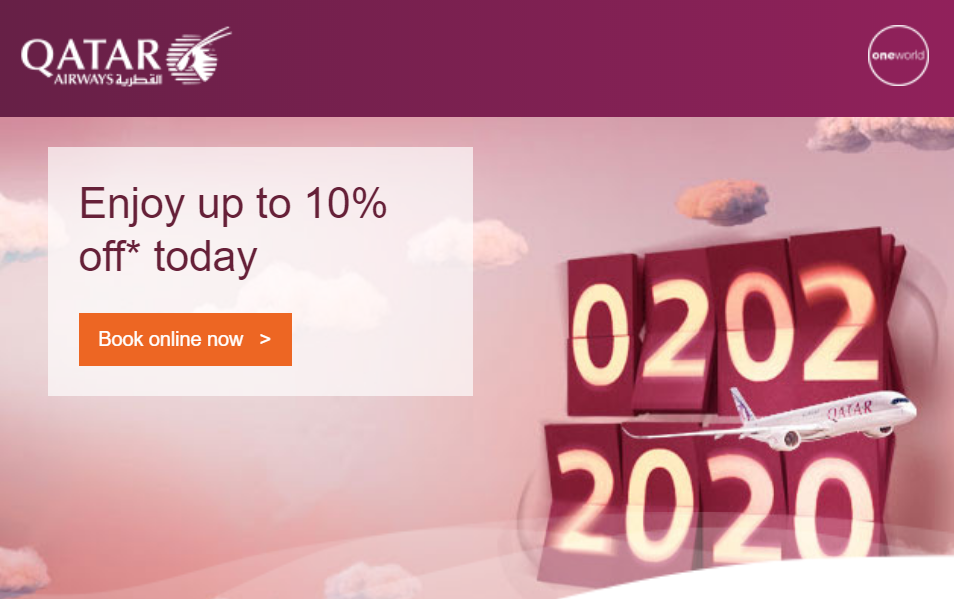
Source: Qatar Airways
5. Track your progress
If you don't track the success (or failure) of your email marketing strategy, all of your efforts could be for naught.
It's worth investing in the right tools to help you track, revise, and find success with your email marketing.
Here are some important metrics to help you track progress:
- Open rate: Simply, this is the percentage of people that are opening your emails
Depending on your industry, the average open rate for an email marketing campaign should be in the 15 percent to 25 percent range.
If you’re falling below this average, consider your subject lines. Are they too long, unclear or plain boring?
Open rates can also reveal which types of emails create the best response from clients. From here you can focus on similar messaging to generate future interest.
- Click rate: Of those people that opened your email, this is the percentage that went on to click a link
On average, about 4 percent of people will opt to click through.
The click rate will depend on your open rate, so regular monitoring of both metrics will be key to ongoing progress and success.
While these stats may seem low, it shows the importance of an effective email strategy to reach users in today's content-rich era.
So what does this all mean?
Generally, customers won’t willingly engage with you and aren't looking to read more stuff. This is fair. There is so much to read out there, why take on more?
But, if you can hook them with something personal, they will show interest, give you their time, and extend their loyalty. Just make sure that whatever you send them is worth their time.
If not, that unsubscribe link is so easy to click.


